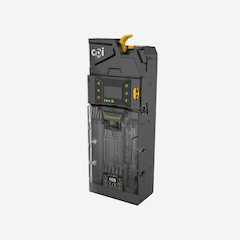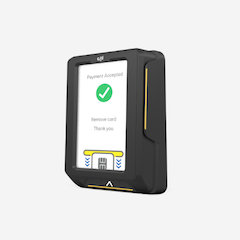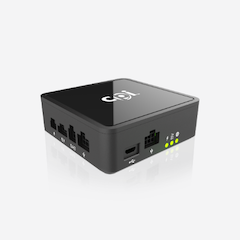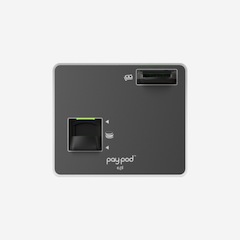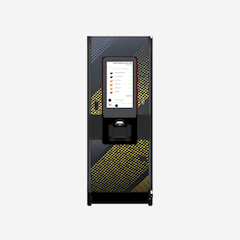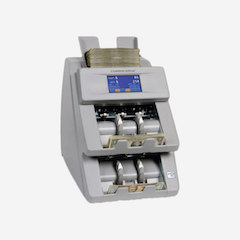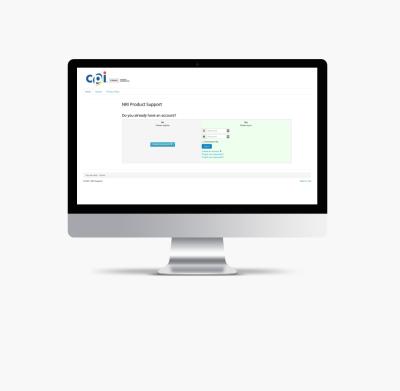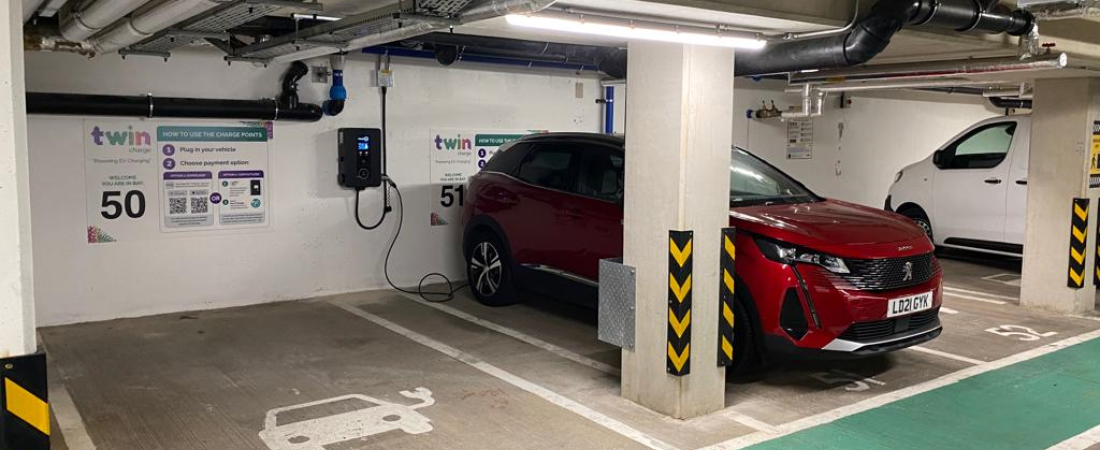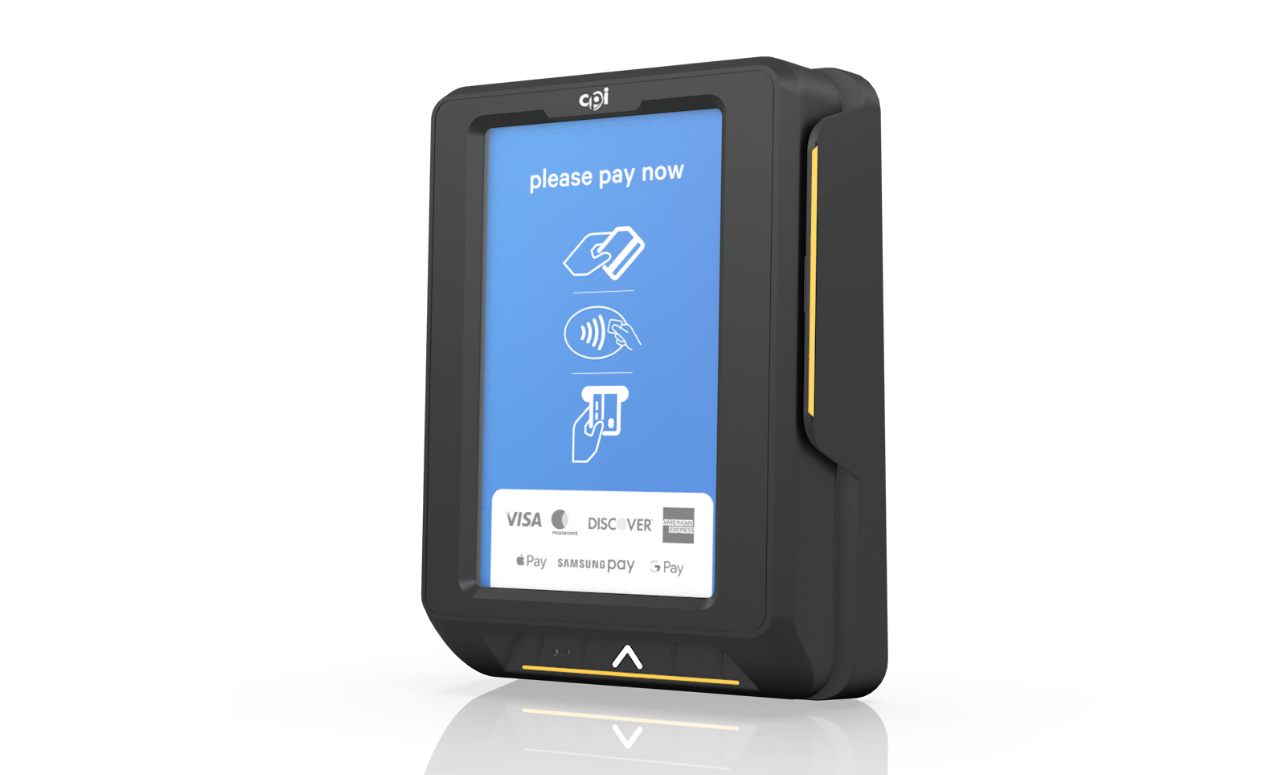Payment Terminals-to-Chargepoints
Wisely Utilizing EV Charging Government Funding for Rapid Expansion
Electric vehicle adoption - rarely a day passes without an exciting story being reported in the media about this topic. New cars, jobs being created in the sector, and a general buzz about a global journey towards Net Zero emissions1.
As funding for infrastructure projects increase, EV chargepoint installations along main driving routes as well as at destinations like leisure centers, hotels, within car parks of big brands in the retail sector and, of course, at private homes or business premises, are becoming a high priority. But, for those of us that live in rural geographies or in shared urban dwellings, the solution may look different, and this is where the role of destination charging is key.
We can all agree that for mass market adoption of EV vehicles, there needs to be adequate and accessible EV chargepoints - not just their location, but also how consumers pay for the electricity being generated. With chargepoints that can be much easier to get up and running than traditional fuel stations in certain regions, the EV industry has an opportunity to expand quickly. However, with this potential for rapid expansion comes a reality check. It will take a long time before chargepoints reach the same density as fuel stations since operators need to deploy a high volume of chargepoints.
Currently, there are too few consumers at certain chargepoints to necessitate a one-to-one ratio of charger-to-payment terminal. And with the need for rapid expansion in this industry, there comes high costs - specifically, the cost to build out forecourts and multi-charging systems. Fortunately, government-aided programs may be available as they come and go and vary by geography, to offset the high costs of building out these infrastructure projects. However, government funds should be utilized wisely.
There is a simple solution to this problem.
By focusing available government capital on expanding the charging network, critical costs can be saved by investing in a payment terminal that has the ability to support multiple chargers. This allows operators to invest in more chargepoints for a more rapid expansion.
While many consumers might be used to paying for fuel right at a fuel pump, this mindset doesn’t need to translate exactly to EV charging. Consumers are very much used to paying for parking at a kiosk in the same one-to-many method. Applying this design model to EV chargepoints can be a great way of increasing access. Several chargepoints managed by a single open and PIN-enabled payment terminal that incorporates a flexible user interface for promotional opportunities delivers both functionality and cost benefits.
Furthermore, fuel stations and their connectivity are antiquated. Everything is localized around the C-store and physical location. The nature of EV chargepoints being much more “unattended,” means that solutions were architected from the beginning to be treated as a remote asset - with cloud connectivity and remote monitoring and management. The groundwork needed to support a future configuration that allows for more ways to pay - with one central payment terminal as opposed to a single payment terminal tied to or controlling a single fuel pump.
Operators should be asking their payment terminal provider and seeking solutions that can support multiple chargepoints, not just 1 or 2, but rather 5 or 10. It’s important to recognize that not all providers offer this functionality, so asking your provider if this is a possible feature is key to ensuring you choose the right solution for your needs. With the right provider, a ratio of one-to-many or two-to many can be flexible - in the case of a payment terminal going down, there being a second as a backup.
Overall, having flexibility with your payment terminal and provider is key to incrementally adding on payment terminals as consumer adoption grows. The one-to-many method is a simple solution to expanding quickly, meeting government regulations, and not blocking the option to add more terminals as popularity grows or locations become high volume.
Whether it’s the Bipartisan Infrastructure Bill in the USA2, AFIR regulations in the EU member states3, or Road to Zero in the UK1, offering consumers easy access to EV chargepoints is the intent of these lofty statutory instruments - what’s important is that implemented with that spirit in mind, cost effective, consumer friendly and profitable EV charging can prosper.
Learn More about CPI’s Unique EV Charging Payment Solution
The first all-in-one solution by CPI, AlioTM Pro is a PIN-enabled payment terminal that has operators and EV charging in mind. This payment solution ensures it supports a one-to-many, as well as a one-to-one installation, in order to provide our customers flexibility and a future-proof solution, no matter what the charge site of the future looks like!
---

